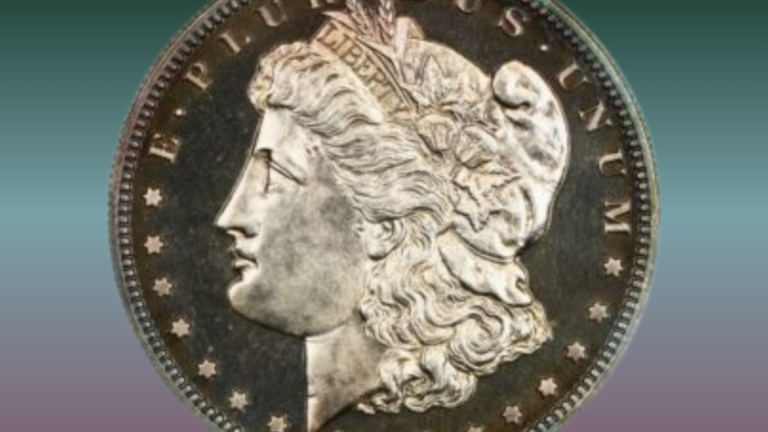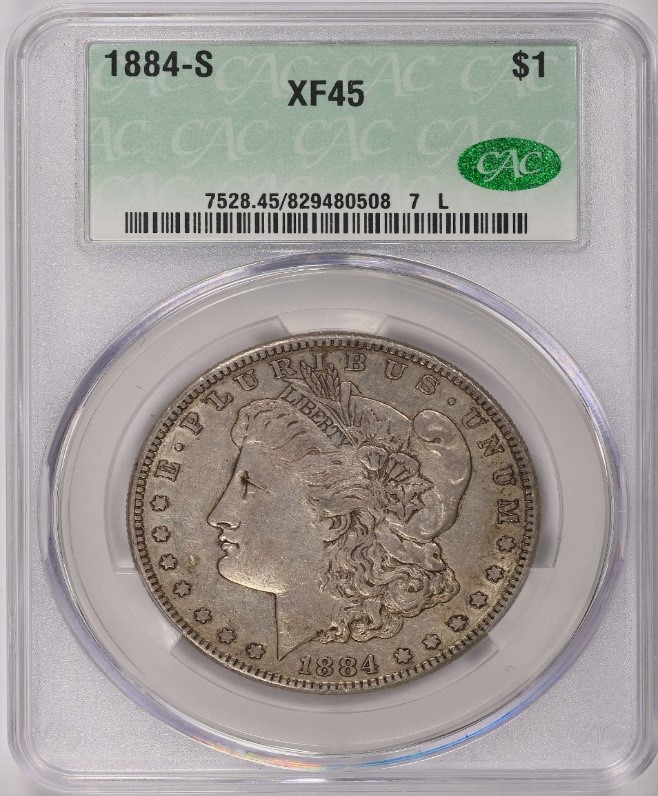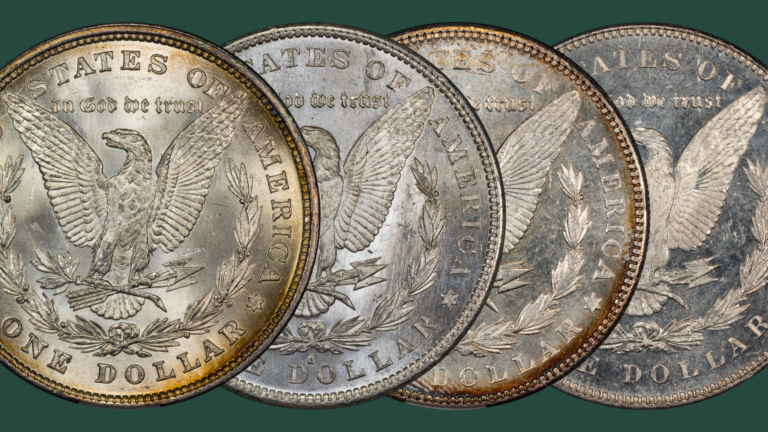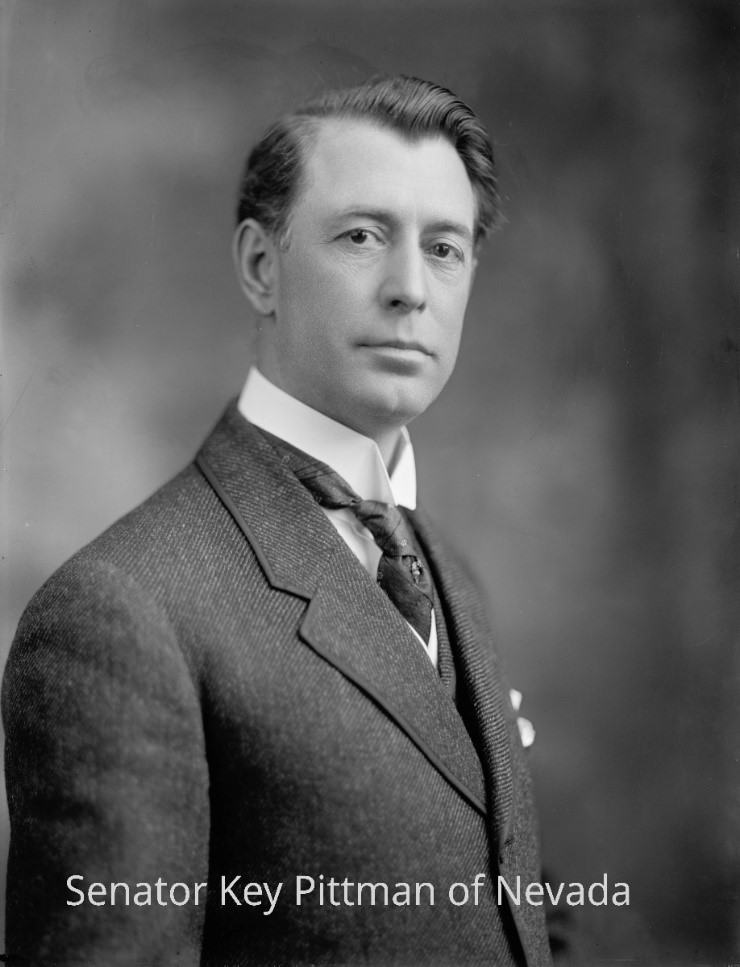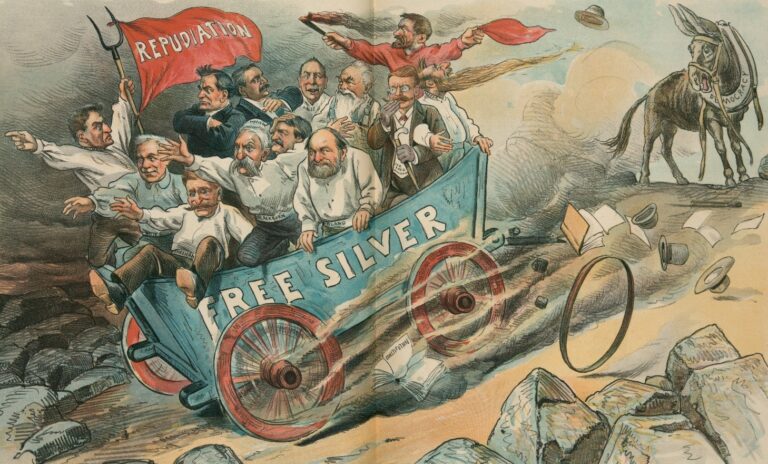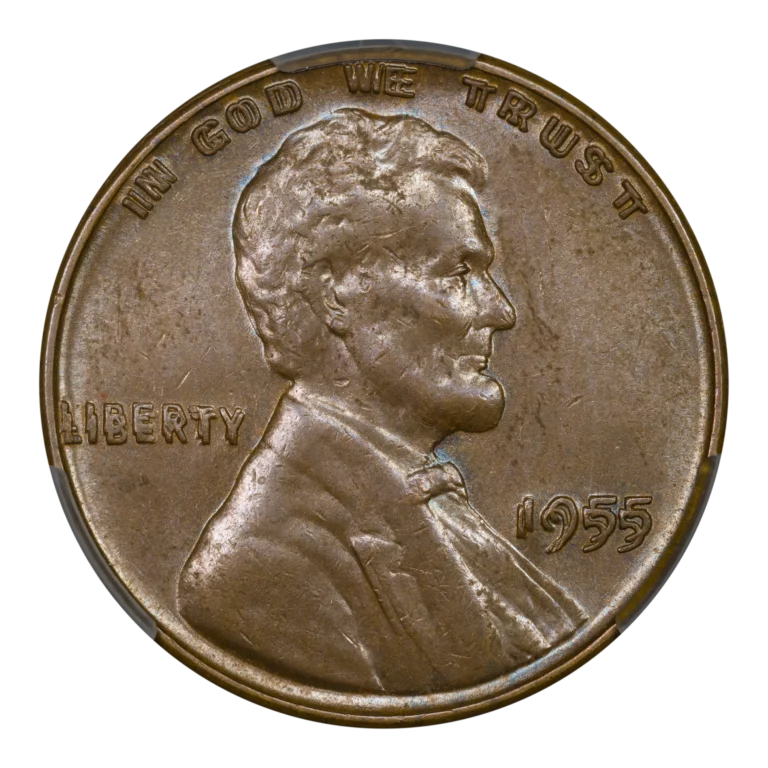by Greg Reynolds
This discussion is about assembling a type set of Choice Uncirculated classic U.S. half dollars. By tradition, MS-63 and MS-64 grade coins are referred to as ‘Choice.’ In a past era, MS-64 grade coins were often called “Very Choice” rather than just “Choice.”
Collectors of Choice Uncirculated, classic U.S. coins should not obsess about the dividing lines between MS-63 and MS-64. PCGS or NGC graded MS-63 and MS-64 grade coins tend to cost much less than coins that are certified as grading from MS-65 to MS-68. Despite having noticeable imperfections, Choice Uncirculated coins are often attractive and many collectors find them to be better values than corresponding gem quality coins.
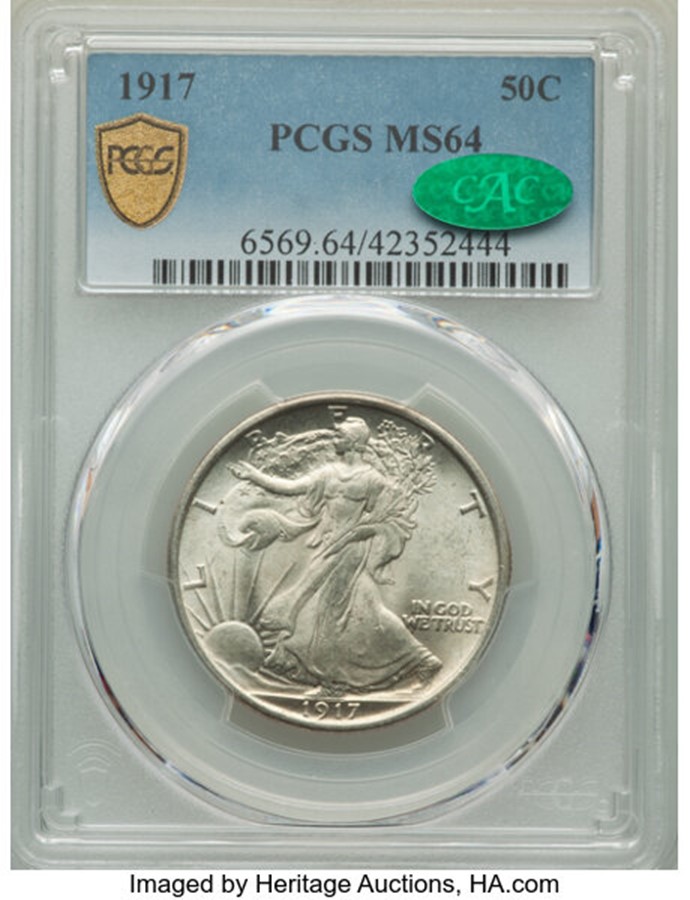
Choice Uncirculated coins are ‘in between’ the MS-60 to -62 mediocre group and the MS-65 to -68 gem group. The MS-60 to -62 group includes coins that have many distracting contact marks and/or hairlines. Coins that have much friction and/or have been chemically cleaned may also be certified as grading in the MS-60 to -62 range. Furthermore, a strictly uncirculated coin with annoying gashes, which probably came about while coins were bumping each other in bags or in bins at the respective mint, may sometimes be certified as MS-60 or -61. In most cases, certified MS-63 or -64 grade coins are noticeably superior to corresponding MS-60 to -62 grade coins. Please see separate discussions about collecting coins in VF-20 to AU-55 grades.
As listed in some of my other guides, there are thirteen types of classic U.S. half dollars: 1) Flowing Hair (1794-95); 2) Draped Bust, Small Eagle (1796-97) ; 3) Draped Bust, Heraldic Eagle (1801-07); 4) Reich Capped Bust, ‘Lettered Edge’ (1807-36); 5) Gobrecht Capped Bust, ‘Reeded Edge’ (1836-39); 6) Liberty Seated, No Drapery, No Motto (1839 only); 7) Liberty Seated, With Drapery, No Motto (1839-53, 1856-66); 8) Liberty Seated, Arrows & Rays (1853 only); 9) Liberty Seated, No Motto, With Arrows, No Rays (1854-55); 10) Liberty Seated, With Motto (1866-91 except 1874); 11) Liberty Seated, With Motto, With Arrows (1873-74); 12) Barber (1892-1915); 13) Walking Liberty (1916-47). As most Walkers minted after 1934 are extremely common, I suggest pre-1935 coins for type sets.
The year 1917 was part of the World War I era and 1917 halves are not nearly as expensive as other early Walkers. On August 3, 2021, Heritage sold a CAC approved, PCGS graded MS-64 1917 Walker for $468. On August 22, GreatCollections sold a different CAC approved, PCGS graded MS-64 1917 Walker for $489.38.

Type #12 – Barber Half Dollars (1892-1915)
The combined total of Barber half dollars that have been graded MS-64 by PCGS and NGC is more than 5,000, perhaps amounting to 3250 to 3750 different coins. CAC reports having approved around 550.
On June 15, 2021, Stack’s-Bowers auctioned a CAC approved, NGC graded MS-64 1892 half for $1200 and a CAC approved, NGC graded MS-64 1908-D for $1140. That same day, June 15, Heritage sold a CAC approved, PCGS graded MS-64 1908-O half for $1140, the same price as the just mentioned 1908-D. On July 28, Stack’s-Bowers sold a CAC approved, PCGS graded MS-64 1915-D for $1080.
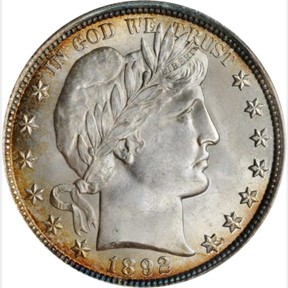
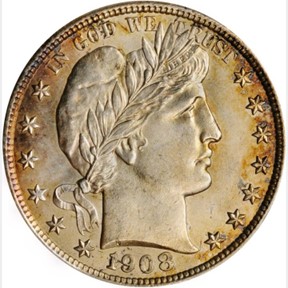
It is impossible to predict public sales of coins in the future. Nevertheless, it is very likely that a CAC approved MS-64 grade Barber half could be purchased for a price in the range of $1100 to $1300 in late 2021 or during 2022.
Barber half dollars are scarcer in Choice to Gem grades than many collectors realize. PCGS reports less than 9000 Barber halves of all dates in the MS-63 to MS-68 range. NGC does not publish totals for entire types of coins. In my estimation, PCGS and NGC together have probably graded fewer than 10,000 different Barber halves in the MS-63 to MS-68 range of grades.
As of Sept. 18, 2021, CAC reports 1612 Barber half dollars in the MS-63 to MS-68 grade range, including 200 as MS-63 and 553 as MS-64. Given the scarcity of Choice to Gem Uncirculated Barber halves, and the fact that these were very popular among collectors during the latter part of the 20th century, market values for them in 2021 are not relatively high.
Type #11 – Liberty Seated, With Motto, With Arrows (1873-74)
There are multiple design types of Liberty Seated half dollars, which span the time period from 1839 to 1891. Type #11 was minted only in 1873 and 1874 and is not the last type because the previous ‘With Motto – No Arrows’ type (#10) was resumed in the middle of 1874 and continued until 1891.
The Coinage Act of 1873 mandated an increase in weight from 192 grains (12.44 grams) to 12.5 grams (192.9045 grains). The difference, 0.06 gram, less than one grain, was inconsequential. One Troy ounce equals 480 grains.
The mandated change in weight was partly a promotion of the metric system; a weight standard of ‘12.5 grams’ was easy to remember and caused some people to think in terms of grams rather than grains or ounces. In most cases, a manufacturing process is not precise in a scientific sense, at least not at a reasonable cost. The weights of planchets (prepared blanks) were allowed to deviate within a specified range, plus or minus 0.9 grams (about 14 grains). Planchets were thus allowed to weigh between 11.6 grams and 13.4 grams. Therefore, planchets made in accordance with the old 192 grain (= 12.44 grams) standard were legal under the Coinage Act of 1873.
The change in weight standard was primarily political rather than being a policy that impacted coinage. The Coinage Act of 1873 embodied a substantial change in coinage overall and U.S. monetary policy. I theorize that the real reason for arrows on dimes, quarters and half dollars in 1873 and 1874 was to announce the Coinage Act of 1873.
For a type set, 1873 and 1874 Philadelphia Mint half dollars are likely selections, as Carson City and San Francisco Mint coins of this type are rare and much costlier. As of Sept. 18, 2021, CAC had approved four 1873 ‘With Arrows’ halves as MS-63 and twelve as MS-64. Further, CAC had approved seven 1874 Philadelphia Mint halves in the MS-63 range and seven more in the MS-64 range. These thirty, CAC approved, MS-63 to -64 grade 1873 ‘With Arrows’ and 1874 halves do not appear publicly very often.
There are few recent auction records for CAC approved half dollars of this design type. Also, market levels for these have risen from 2018 to the middle of 2021.
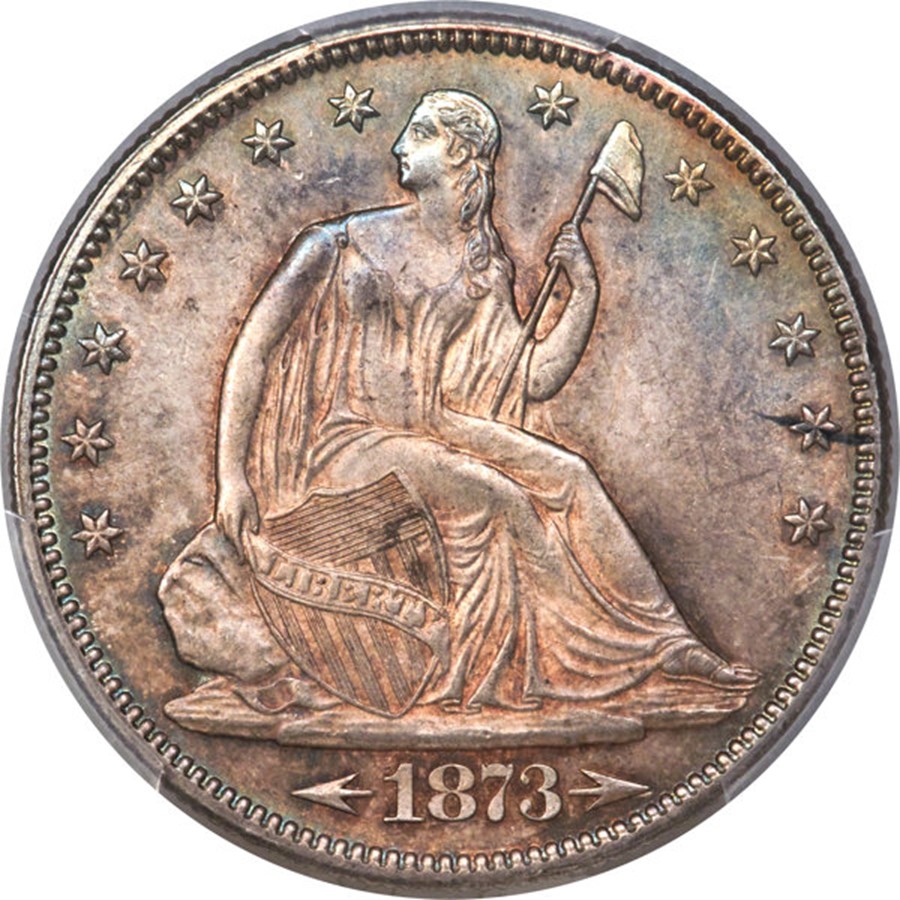
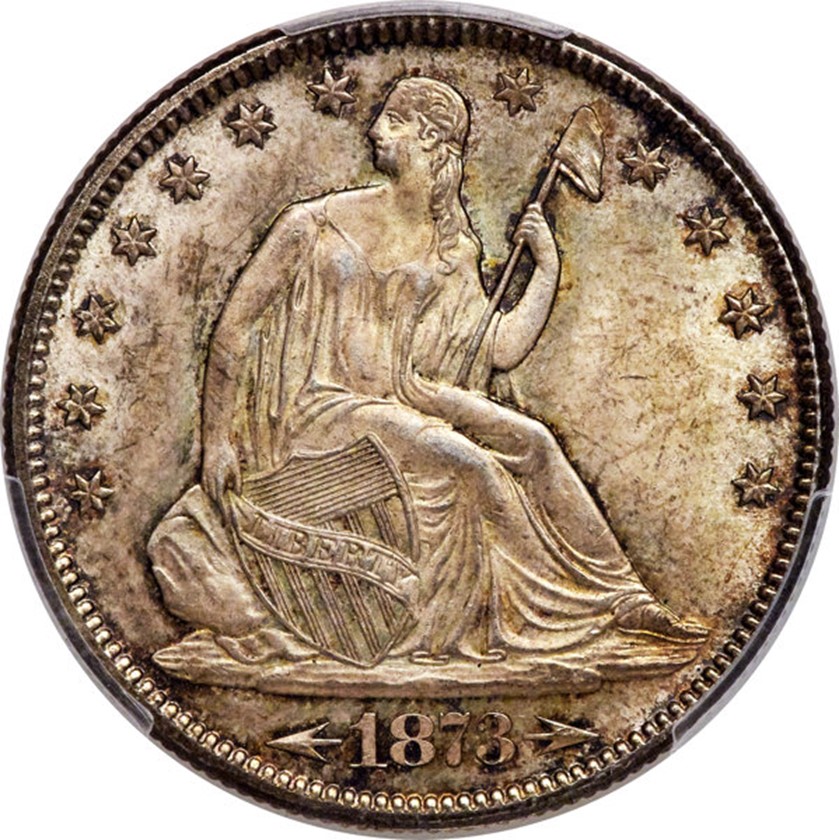
On April 21, 2021, Legend auctioned a CAC approved MS-64 grade 1873 ‘With Arrows’ half for $3760. In August 2020, Gerry Fortin sold a different CAC approved MS-64 grade 1873 ‘With Arrows’ half for $3600. On June 5, 2020, Heritage auctioned another CAC approved MS-64 grade 1873 ‘With Arrows’ half for $3240. On June 9, 2019, GreatCollections sold a CAC approved MS-64 grade 1874 ‘With Arrows’ half for $2421.10.
For either an 1873 or an 1874 ‘With Arrows’ half, the CPG-CAC retail price estimates are $2120 in MS-63 and $3190 in MS-64. As of October 1, 2021, I find these estimates to be a little low. Dealers who have these in inventory are probably asking higher prices. It is sensible, though, to hope to buy a CAC approved MS-64 grade 1873 or 1874 ‘With Arrows’ half for less than $3750 in late 2021 or early 2022. Prices, however, depend in part upon the attractiveness of individual coins and the circumstances in which individual coins are sold.

Show off Your Collection in the CAC Registry!
Have CAC coins of your own? If so, check out the CAC Registry–the free online platform to track your coin inventory, showcase your coins by building public sets, and compete with like-minded collectors!
Type #10 – Liberty Seated, With Motto (1866-91 except 1874)
Coins of this type are barely scarce in uncirculated grades. It is not difficult to find an 1875-S, 1876, 1877 or 1877-S in MS-63 or MS-64 grade.
In August 2021, Gerry Fortin sold a CAC approved, PCGS graded MS-64 1875-S for $1600. In November 2020, GreatCollections sold a CAC approved, MS-63 grade 1875-S for $1098. In August 2020, Fortin sold a CAC approved, PCGS graded MS-63 1875-S for $1000.
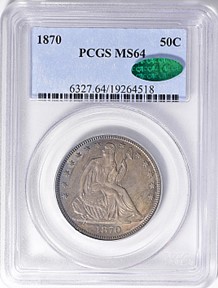

In April 2021, Fortin sold a CAC approved MS-63 grade 1876-S for $1225. On May 11, 2021, Heritage sold a CAC approved, NGC graded MS-63 1877-S for $1140. On Sept. 26, 2021, GreatCollections sold a CAC approved, MS-64 grade 1877-S for $1300.50.
Coins of scarcer dates command premiums, which vary tremendously. On April 5, 2020, GreatCollections sold a CAC approved MS-64 grade 1870 half for $3207.38. Overall, a type set of Choice Uncirculated half dollars representing the time period from after the U.S. Civil War to the middle of the Great Depression is not hard to assemble. A collector may next seek earlier half dollars for a complete type set or may wish to build type sets of quarters and silver dollars from the same post-war period, 1866 to the mid 1930s.
Images are copyrighted by Heritage Auctions, Great Collections, and Stack’s Bowers.
Copyright © 2021 Greg Reynolds
About the Author
Greg is a professional numismatist and researcher, having written more than 775 articles published in ten different publications relating to coins, patterns, and medals. He has won awards for analyses, interpretation of rarity, historical research, and critiques. In 2002 and again in 2023, Reynolds was the sole winner of the Numismatic Literary Guild (NLG) award for “Best All-Around Portfolio”.
Greg has carefully examined thousands of truly rare and conditionally rare classic U.S. coins, including a majority of the most famous rarities. He is also an expert in British coins. He is available for private consultations.
Email: Insightful10@gmail.com
